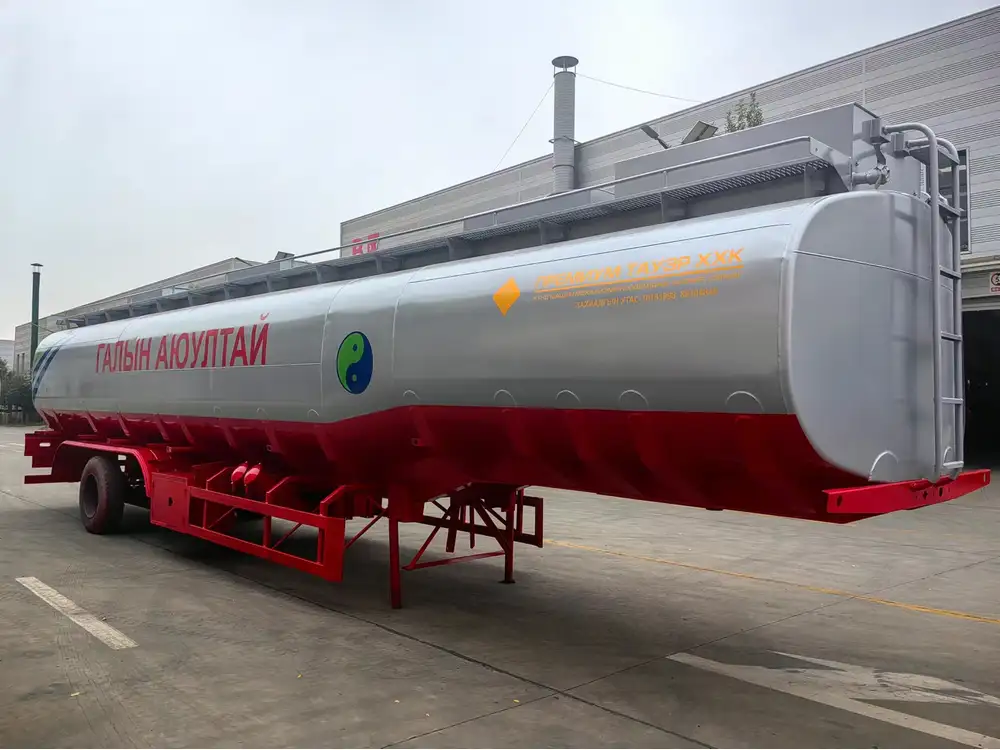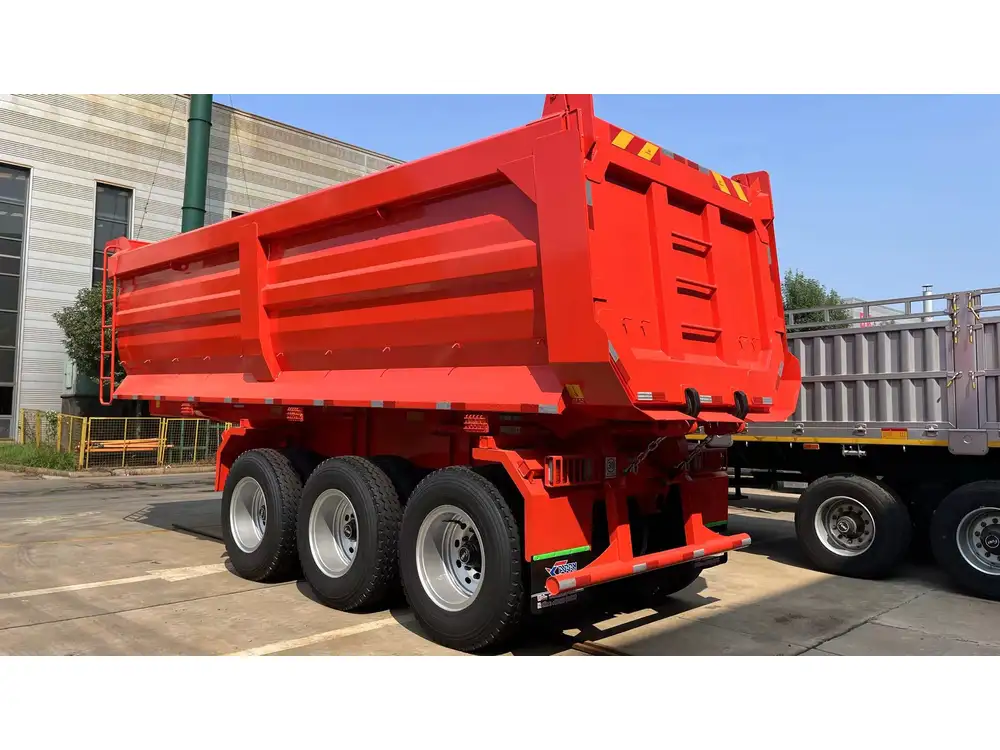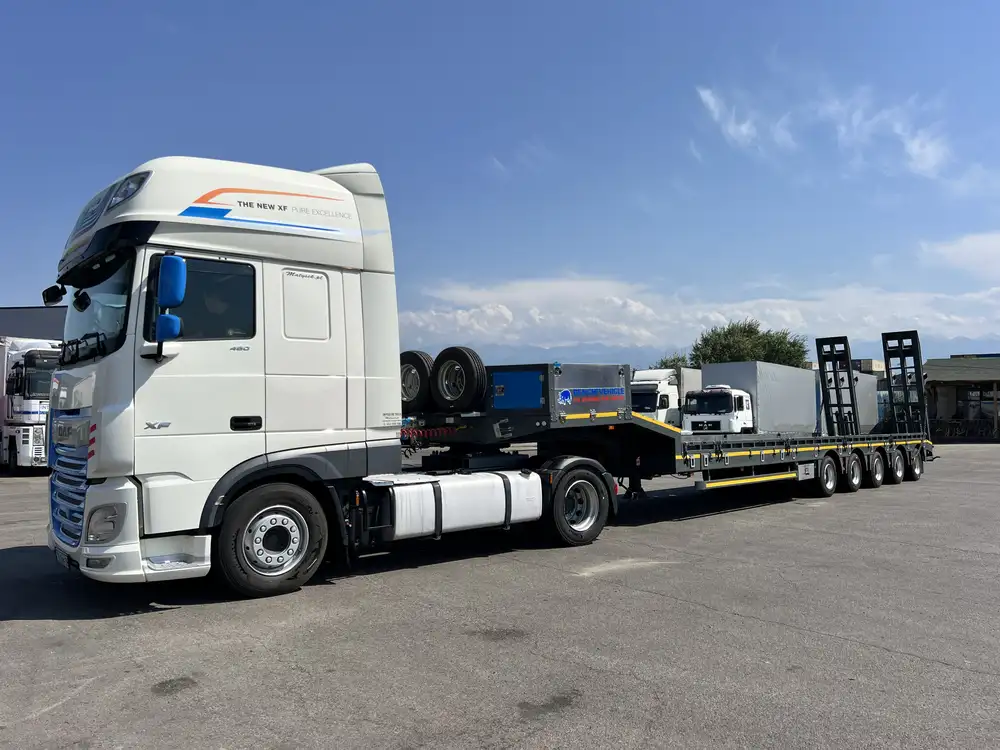When it comes to loading and transporting materials efficiently, knowing the weight capacity of your equipment is crucial. For those in the construction, landscaping, and hauling industries, a 12 dump trailer can be an invaluable tool. In this comprehensive guide, we delve into how much weight you can safely load into a 12 dump trailer, ensuring you maximize your operational efficiency while avoiding potential risks.
Understanding Dump Trailer Specifications
What is a Dump Trailer?
A dump trailer is a specialized trailer designed for transporting loose material such as sand, gravel, dirt, and other aggregates. Unlike standard cargo trailers, dump trailers feature a hydraulic lift that raises the trailer bed, allowing for easy unloading of materials.

Key Specifications Impacting Weight Capacity
- Gross Vehicle Weight Rating (GVWR): This is the maximum total weight a trailer can handle when fully loaded, including its own weight plus the weight of the cargo.
- Curb Weight: The weight of the trailer without any load; it’s important in calculating the payload capacity.
- Payload Capacity: This is the actual weight of the cargo that you can safely load into the trailer. It’s the difference between the GVWR and the curb weight.
- Axle Configuration: The number of axles can greatly impact the weight distribution and stability of the trailer while loaded.
Typical Weight Limitations
A standard 12 dump trailer usually has a GVWR ranging from 9,000 to 14,000 pounds, dependent on its design, materials, and manufacturer specifications. Understanding these limits helps in determining the maximum payload capacity.
Here’s a simplified equation to grasp these specifications:
| Specification | Definition |
|---|---|
| GVWR | Maximum allowed total weight |
| Curb Weight | Weight of the trailer without cargo |
| Payload Capacity | GVWR – Curb Weight |
Example Calculation
For instance, if a 12 dump trailer has a GVWR of 12,000 pounds and a curb weight of 3,000 pounds, the payload capacity would be:
Payload Capacity = 12000 lbs (GVWR) - 3000 lbs (Curb Weight) = 9000 lbsThus, you can load up to 9,000 pounds in the trailer.

Factors Affecting Weight Capacity
Material Type
The type of material you intend to haul significantly influences how much you can load into a dump trailer. Different materials have varying densities, which affects the overall weight. For example:
| Material | Density (lbs/yd³) | Maximum Load in 12 Dump Trailer (yd³) |
|---|---|---|
| Sand | 1,600 | 5.6 |
| Gravel | 2,400 | 3.75 |
| Dirt | 1,200 | 7.5 |
Basing weight calculations on the material types not only aids in adhering to weight limits, but also in enhancing operational effectiveness.
Load Distribution
Proper load distribution is essential for safety and performance. An unevenly loaded trailer can lead to instability, making it difficult to control while driving. It’s recommended to load materials evenly across the trailer bed and keep the center of gravity low to prevent tipping.

Road Safety Regulations
Consult local transportation regulations regarding weight limits. The Department of Transportation (DOT) may impose restrictions that vary by state or region. Overloading your trailer can lead to fines and penalties, as well as unsafe driving conditions.
Consequences of Overloading
Risk of Damage
Overloading can cause severe damage to the trailer’s structure, suspension, and axles. Increased wear and tear can lead to premature failure of key components, resulting in costly repairs and maintenance.

Legal Repercussions
Transporting a load that exceeds legal road limits can culminate in significant fines. Commercial operators could face additional penalties, including license suspension or disqualification for repeat offenses.
Safety Hazards
An overloaded dump trailer dramatically increases the risk of accidents. Reduced braking capability, impaired visibility, and increased stopping distance all contribute to a greater likelihood of collisions.
Best Practices for Using a 12 Dump Trailer

Pre-Trip Inspection
Always conduct a thorough inspection before embarking on your journey. Check for:
- Tire pressure and tread condition
- Brake functionality
- Hydraulic system for leaks
- Structural integrity of the trailer
Loading Techniques
Adopt the following techniques to optimize load efficiency while ensuring safety:
- Distribute Weight Evenly: Place heavier materials towards the front and center of the trailer.
- Don’t Exceed the Capacity: Always refer to the manufacturer’s specifications when loading materials.
- Use Proper Tie-Downs: Secure loads appropriately to prevent shifting during transit.
Post-Loading Checks
Before hitting the road, do a quick assessment to confirm:
- All loads are securely tied down.
- You can see clearly out your rearview mirrors.
- The trailer is sitting level in relation to the towing vehicle.

Conclusion: Maximizing Efficiency with Your 12 Dump Trailer
Understanding how much weight you can safely load into a 12 dump trailer is critical for successful operations across various industries. By familiarizing yourself with your trailer’s specifications, distributing loads appropriately, and adhering to local regulations, you can ensure your operations run smoothly and safely.
In essence, the amount of weight you can place in a 12 dump trailer hinges on knowing your GVWR, the trailer’s curb weight, and the density of the materials you’re transporting. Always prioritize safety and compliance to protect both your equipment and yourself on the road.
Further Reading and Resources
- Trailer Weight Guides: Various manufacturers provide extensive guides that outline different trailer specifications.
- Local DOT Regulations: Websites for your local Department of Transportation can give you specifics on weight limits and regulations in your area.
- Load Securement Techniques: Resources are available to help educate on the best practices for securing loads effectively.
By equipping yourself with this knowledge, you can optimize the use of your 12 dump trailer, ensuring that you operate efficiently while maintaining safety at all times.



